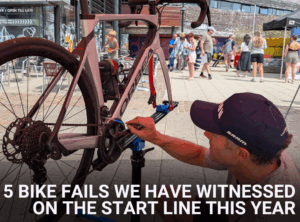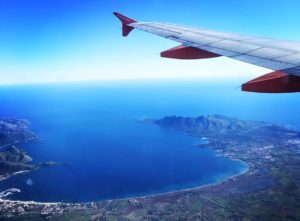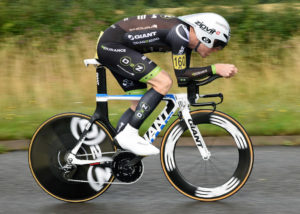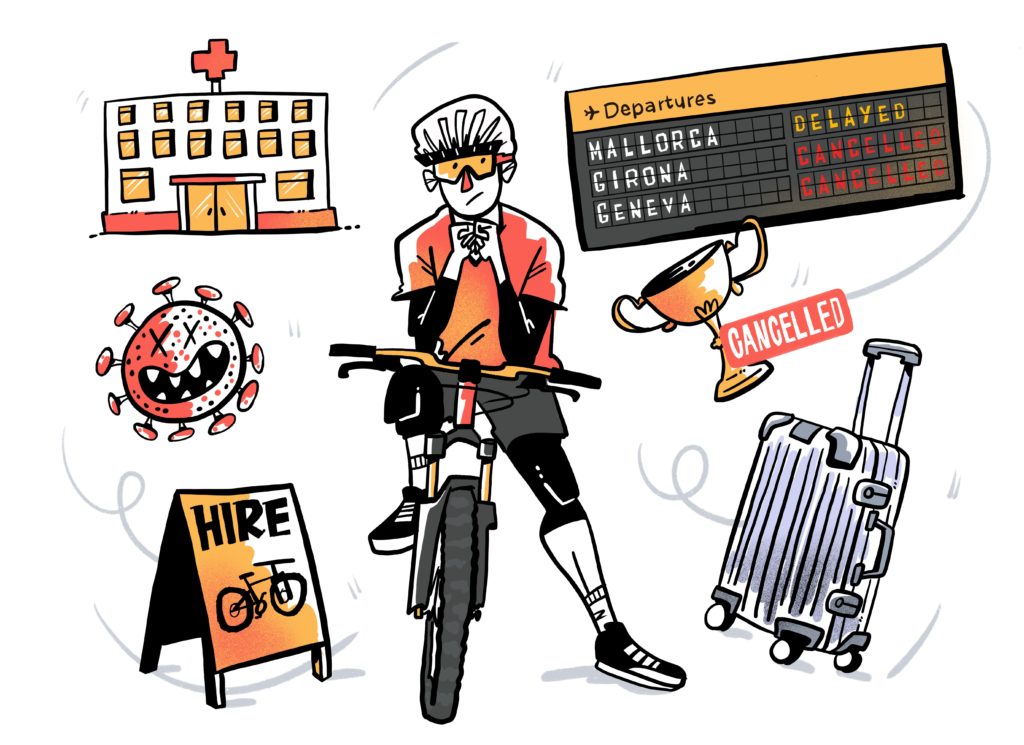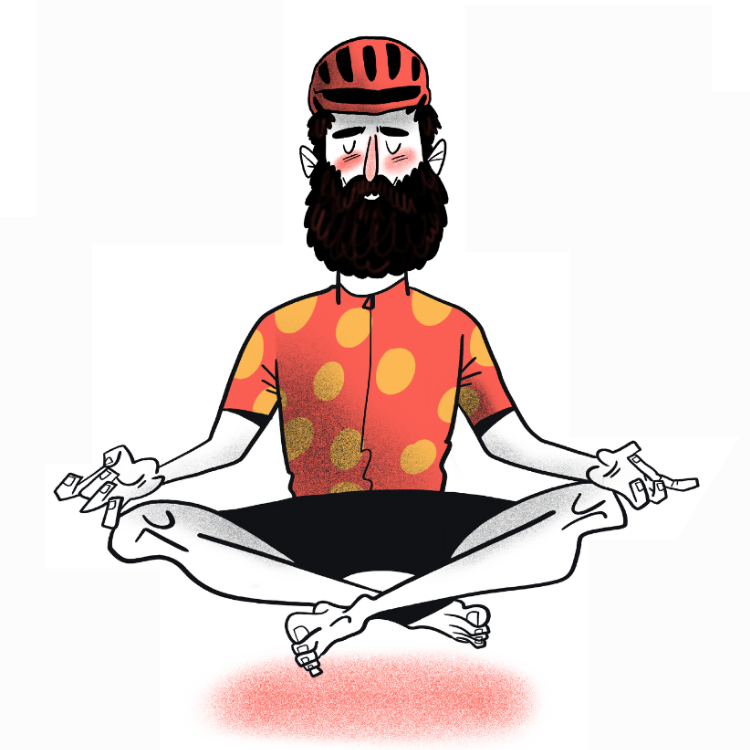Over the past few seasons, it can be argued that time trials have taken the place of iconic climbs when it comes to being the deciding factor in the overall standings at Grand Tours. The 2023 Tour de France looks set to change this however, as a parcours featuring every major mountain range in the country promises to deliver a host of duels between the best ‘grimpeurs’ (climbers) in the peloton.
Today we are going to be looking ahead to the latest edition of the greatest bike race on Earth by guiding you through a selection of the toughest climbs on this year’s route. We’ll also let you know how to reach each of the climbs and take them on for yourself.
Col du Tourmalet – Stage 6 – Tarbes – Cauterets – Cambasque
The site of many gruelling climbing days over the years, the Col du Tourmalet is a true giant of the Pyrenees. The stage doesn’t finish atop the Tourmalet however, so we may not see any attacks on its slopes.
The statistics for this historic climb are daunting to say the least. 17.1km featuring an average gradient of over 7% and sections at 11% will blow the breakaway apart if they haven’t already been caught by the chasing pack.
To take on the Col du Tourmalet yourself, the nearest airport to the climb is in Tarbes (the start town of the stage). However, there aren’t many flights there from the UK, so your best bet is to fly to nearby Toulouse and ride to the foot of the climb. It’s a long one but is full of picturesque views and quaint café’s.
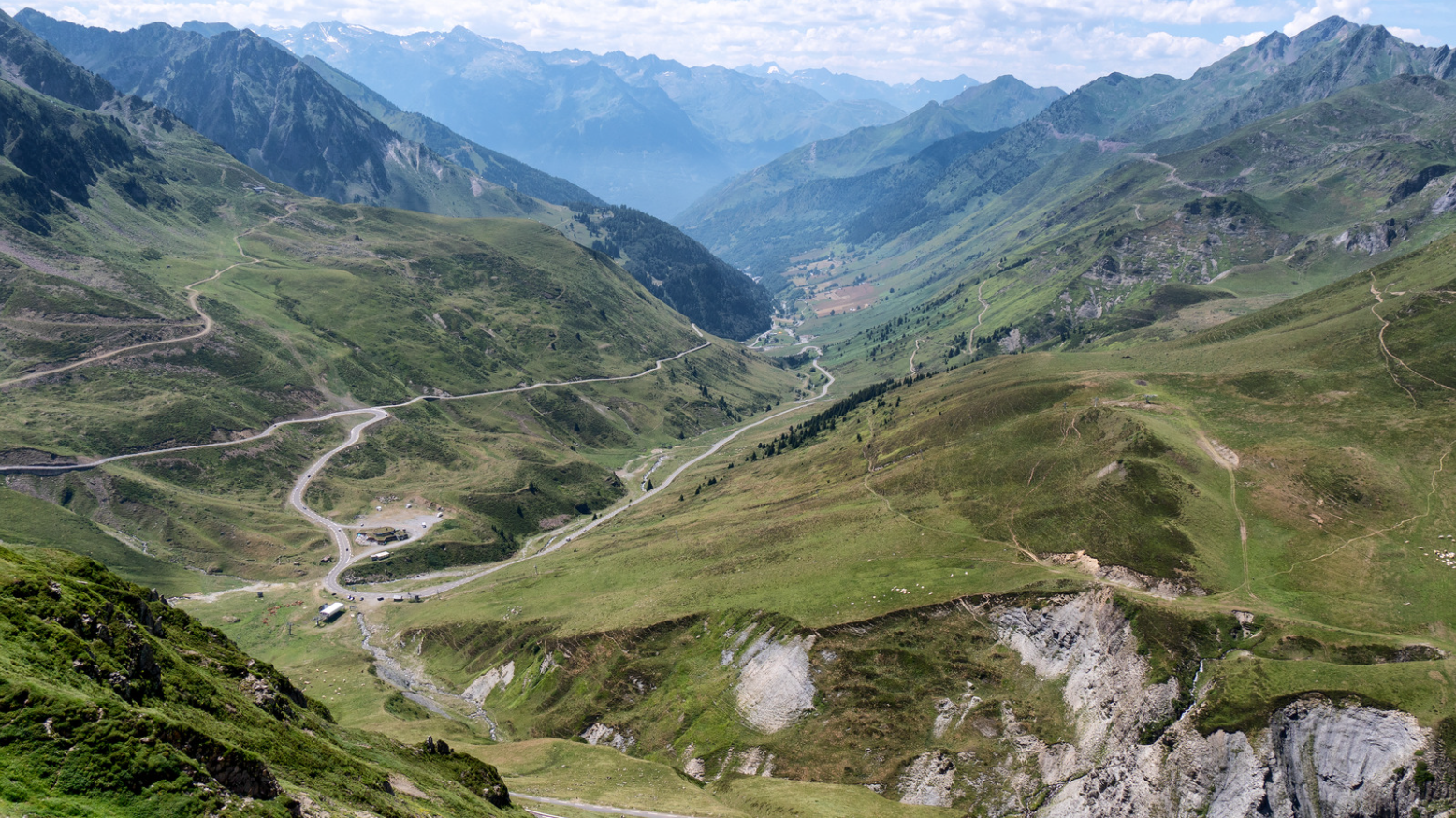
Puy de Dôme – Stage 9 – Saint Léonard de Noblat – Puy de Dôme
The Puy de Dôme returns to the Tour de France for the first time in nearly 40 years. Before it’s lengthy hiatus, it was used regularly and witnessed battles between some true cycling legends.
In terms of the figures, the Puy de Dôme isn’t the longest or highest climb of the race, but it is one of the steepest, with an average gradient of around 10% over the course of 5km. This is only made worse by the steepest pitches of over 15%. This is an explosive climb that will surely expose anyone not on their best form.
The closest airport to the Puy de Dôme is Clermont – Ferrand Auvergne but to catch the most action at this year’s race my advice would be to fly to Limoges instead. There are four stages you can reach with relative ease while using the city as a base camp.
Grand Colombier – Stage 13 – Châtillon Sur Chalaronne – Grand Colombier
Having first been raced over in 2012, the Grand Colombier is still one of the newer climbs to have been introduced to the Tour. Stage 13 is mostly flat to the foot of the Colombier, so the finale of the days’ action resembling a classic hill climb that many long-term fans of the race will be familiar with. The Grand Colombier was last contested in 2020, with Tadej Pogačar overcoming compatriot Primoz Roglič in a two-up sprint to the line on his way to overall victory. Will the Slovenian maintain his love for the giant of the Jura this year?
The Grand Colombier is one of the biggest tests of this year’s race, and at over 17km in length it should be raced in a similar way to the Tourmalet. An average gradient of 7.1% alongside sections at over 14% is equally as challenging as its Pyrenees counterpart.
To reach this mighty mountain, you should fly to Geneva before crossing the border into France. The Swiss capital is 72km from the foot of the climb, the perfect distance for a preparation ride. However, if you’d like to save your legs for climbing, catch a train from Geneva to Seyssel and then a taxi into the Jura.
Col de la Joux Plane – Stage 14 – Annemasse – Morzine Les Portes Du Soleil
A day packed with vertical gain is sure to be one of the most important of the race, especially given the riders will still have seven stages to ride afterwards. After taking on a series of smaller climbs, the Col de la Joux Plane will be the deciding factor in the battle for the stage win.
The climb itself isn’t the toughest on the route, featuring an average gradient of 6.5% over the course of 10km, and it will be the descent that tests the riders most, especially if the rain starts to fall. It is technical and fast, and a top descender could escape to victory in Morzine Les Portes Du Soleil.
This stage’s proximity to Switzerland means that Geneva remains the ideal place to situate yourself for this stage. The climb is closer to the other side of Switzerland however, so you may want to arrive early and stay in the nearby town of Les Gets before making your way to the summit. You can also catch the start of stage 15 from here.
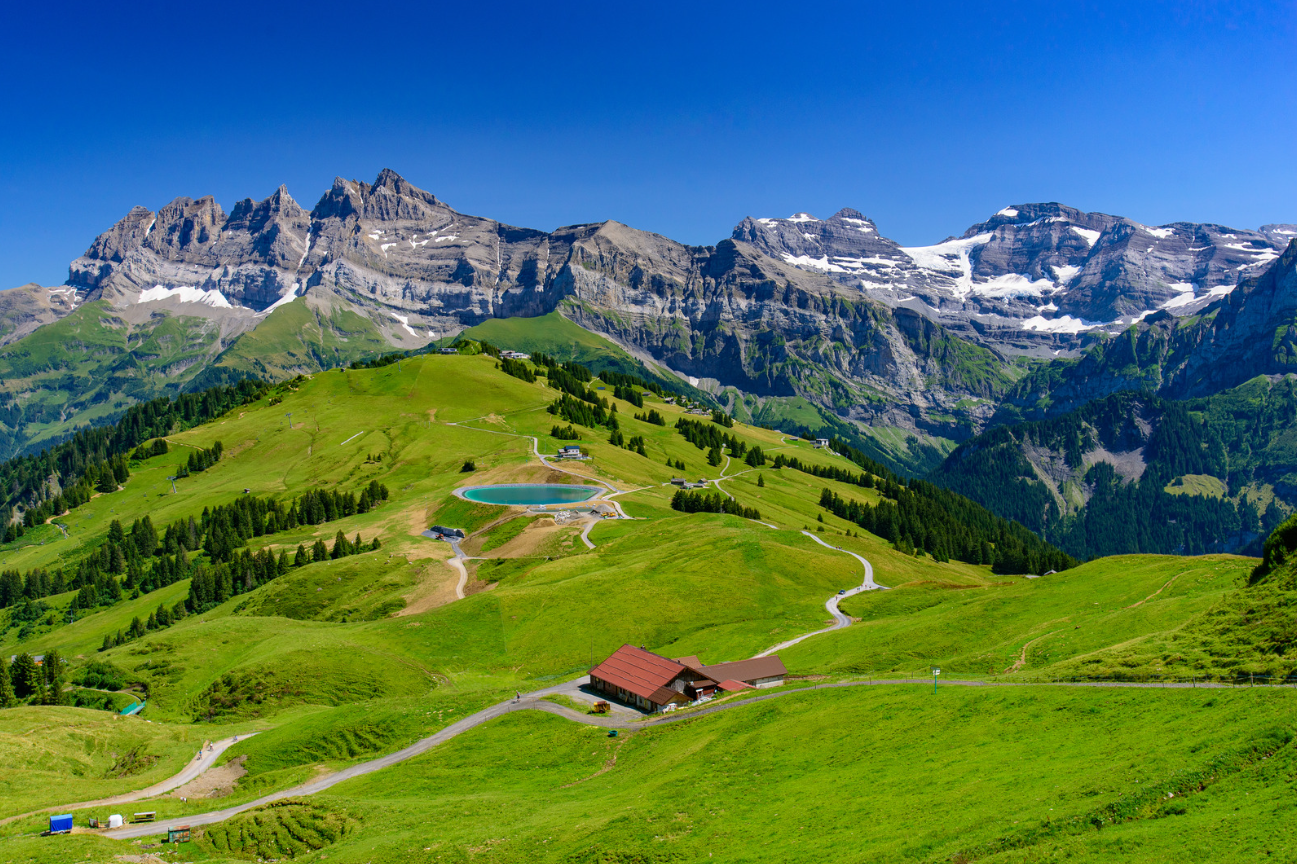
Col de la Loze – Stage 17 – Saint Gervais Mont Blanc – Courchevel
A climb that is quickly becoming a modern legend of the Tour is the Col de la Loze. First introduced in 2020, Colombian Miguel Ángel López attacked the favourites to take one of the greatest victories of his career. It’s one of the few climbs even the very best grimpeurs fear.
The overall statistics don’t seem too threatening at first glance; 28.4km at an average pitch of 6%, however it is the closing 6km of the stage that will take many by surprise. The top of the climb features an average gradient of 10% and includes sections at a staggering 24%, making for a wall-like finish after an already energy sapping day.
Once again the best international airport to fly into to face this feared Alpine climb is Geneva. A 120km ride from the city will take you to the foot of the Col de la Loze, however this is one I’d recommend getting a lift to as it will have you begging for mercy come the top. You don’t want tired legs before taking it on, whether you’re an amateur or a professional.
While those mentioned above are my picks for the hardest climbs in this years’ route, there are plenty more that I haven’t looked at including the Jaizkibel, Col de la Croix Fry and the Col du Platzerwasel. As a self-admitted TT loather, I cannot wait for a Tour de France packed with climbing and will hopefully get to take on more of them myself in the future.
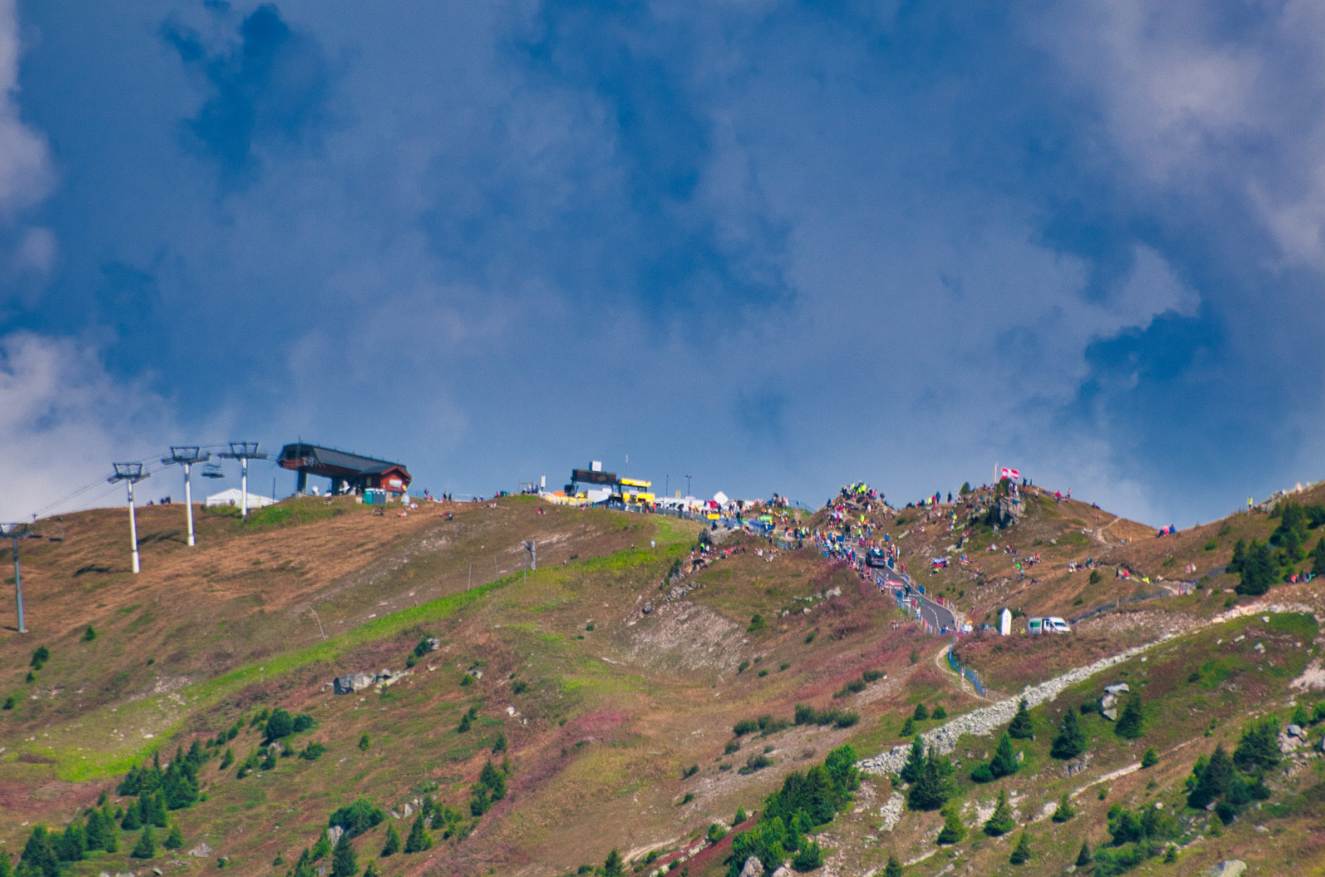
If you intend on visiting some of these iconic mountains, don’t forget that Pedal Cover offer cycle travel insurance and combined home and bicycle insurance which is designed to cater for road cyclists, mountain bikers and triathletes. if you need to contact us, just give us a call on 0800 121 4424



